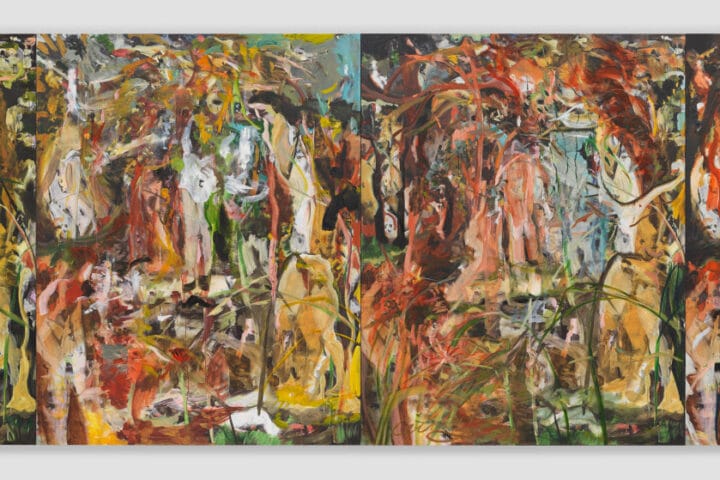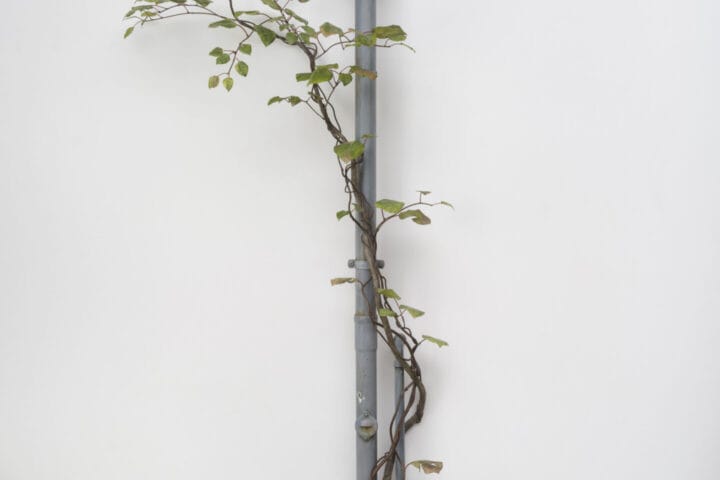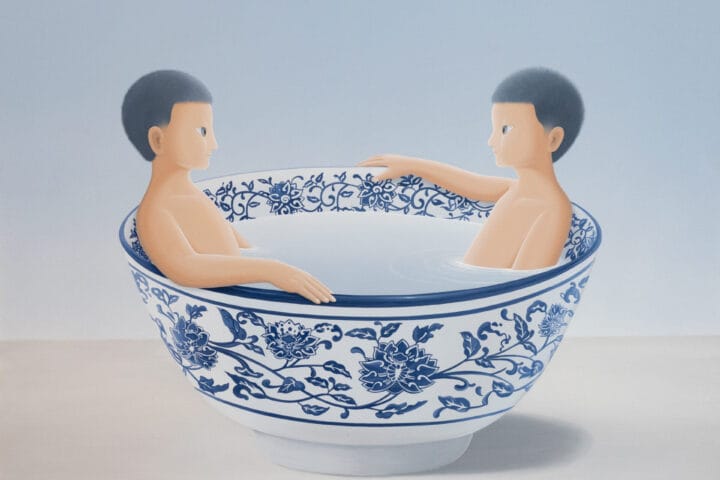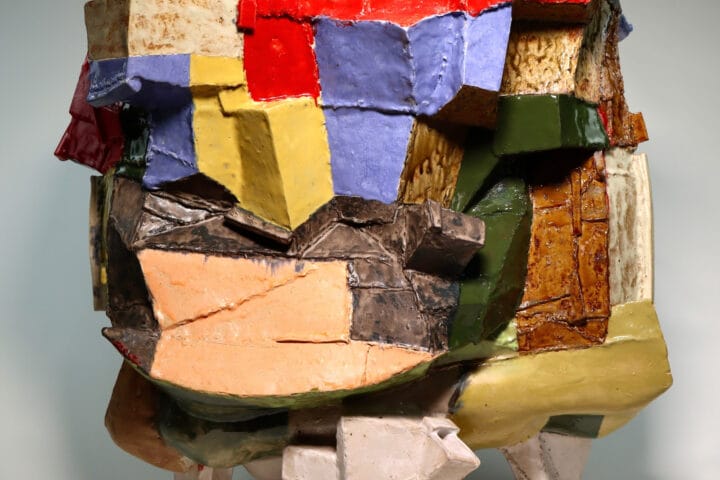Blindspot Gallery is pleased to present Hope and Resistance, Scene 2 of the video screening programme Play and Loop IV. Scene 2 compiles a selection of videos from “After Hope: Videos of Resistance,” a project at the Asian Art Museum, San Francisco, that explores the expressions and legacies of hope in contemporary art, with contributing artists from different parts of Asia and America. After Hope speaks of an optimism that is nonetheless critical of the enlightenment-inspired neo-liberal teleology of Progress, a uniquely post-modern position that forces subjects to navigate and survive endless cycles of crises, upheaval, and normalization. Crisis and repressions come in many forms, but so do hope and resistance.
Scene 2: Hope and Resistance highlights two pertinent fields: LGBTQ rights, and post-colonial struggles in the fledgling democracies in Asia, like the Milk Tea Alliance (a online democracy and human rights movement run by netizens from Hong Kong, Taiwan, Thailand, and Myanmar). Herein emerges intersectional and intergenerational solidarity and strategies, where genderbending bodies become a site of resistance and potential political revolution, and occupied or virtual spaces become a (queer) sanctuary against authoritarian-nationalistic encroachment.
In the two-part Pink City series, Azerbaijani artist Agil Abdullayev creates a digital emergency shelter for people in crisis, in particular queer folks and soft boys. Pink City I (How to survive: A Promotional video) (2018) is a satirical promotional video that begins with footages of violent episodes between private citizens, prompting fear and the urge to migrate to a seemingly “utopian” cyber space. In keeping, Pink City II (as soft boys go deeper) (2021) creates the visual details of this fantastic virtual world and narrates an earnest journey going deep into this imaginary cyber shelter. The first-person voiceover speaks in a confessional voice, relaying a personal journey of alienation and bullying in a misogynist society, and the potential for Pink City to be an amorphous and generative space for safety, self-expression, connection, and above all dance!
TT Takemoto’s Looking for Jiro (2011) is a queer experimental performance video featuring drag king performance, official U.S. WWII propaganda footage of the prison camps, a Madonna/ABBA musical mash-up, muscle building, and homoerotic bread making. In the centre of the narrative is Jiro Onuma, a dandy gay bachelor from San Francisco and a first-generation Japanese American imprisoned in Central Utah during WWII. Jiro was known for taking some of the only photographic portraits and self-portraits of queer life in the Japanese internment camps. Jiro worked in the prison mess hall and liked muscular men. He was also an avid collector of homoerotic male physique magazines. In Looking for Jiro, Takemoto tries to imagine how a queer Asian American subjectivity navigates the isolation, boredom, humiliation, and heteronormativity of imprisonment.

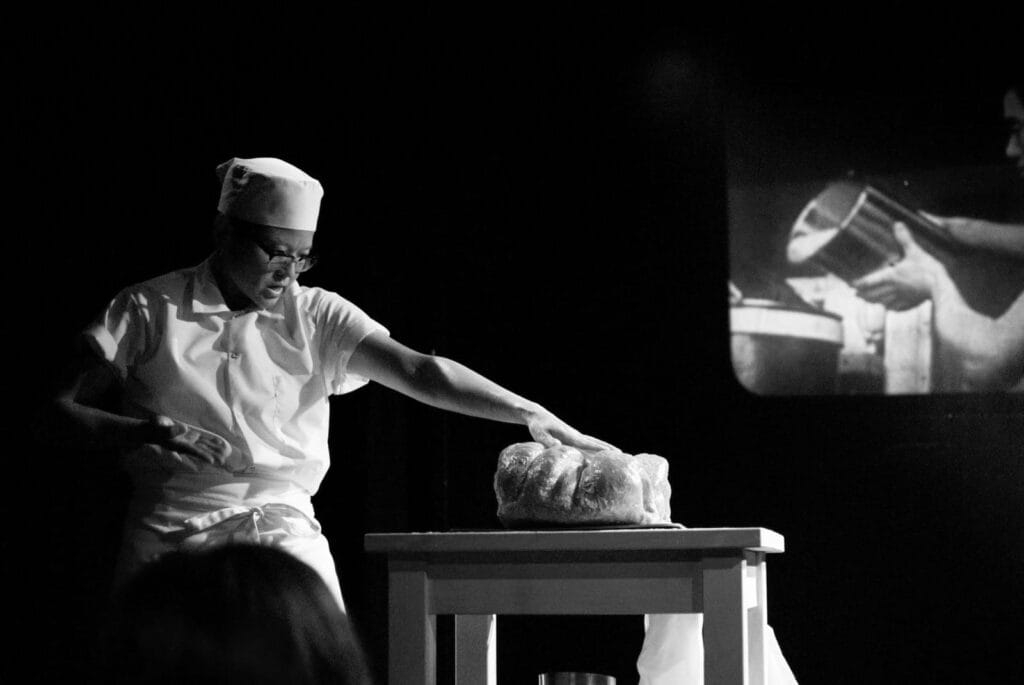
Angela Su’s Caspiar (2017) is an interview with a refugee from the fictional island of Caspiar, who fled from the sinking island to Hong Kong in 1998. In a matter of fact manner, the interviewee speaks of the events of the island’s sinking, his journey escaping, as well as the cultural particularities of his Caspian life that is distinct from his now host city of Hong Kong. The Caspian refugee, a Caucasian French-speaking male who is working as a domestic servant in North Point, subverts colonial expectation of the white expat and speaks to a not-quite-decolonized reality of Hong Kong. The video ends with a quotation from the famous “madeleine” passage in Marcel Proust’s In Search of Lost Time, bringing to the foreground the centrality of memories and recollection in the re-imagination of places, identities and histories.
Lam Tung Pang’s Curiosity Box Hong Kong (Sound Tour, 1st July, 2015) (2015) is a multimedia documentation of the artist’s site-specific project Curiosity Box (Hong Kong)- The Hometown Tourist, where the artist rented a whole floor of a hourly hotel in Wan Chai, Hong Kong. Staged after his return from an artist residency in New York and exhibition in the Chinese Center of Art in San Francisco, Lam aims to create a sense of estrangement with a place he is supposed to be most familiar with and feels the desire to “re-visit” his hometown anew with the buoyant curiosity of a tourist. Room by room, over his five-week stay, the artist creates pockets and spillage of multi-sensory reverie, as image projections, toy figurines, and ephemera such as receipts sprawl in the surfaces of the rooms, buoyed by a myriad of music and environmental sound. The interior confinement of the small rooms and labyrinthine corridors bears witness to the irreducible though transient vibrancy of the mind composing a love letter to a city.
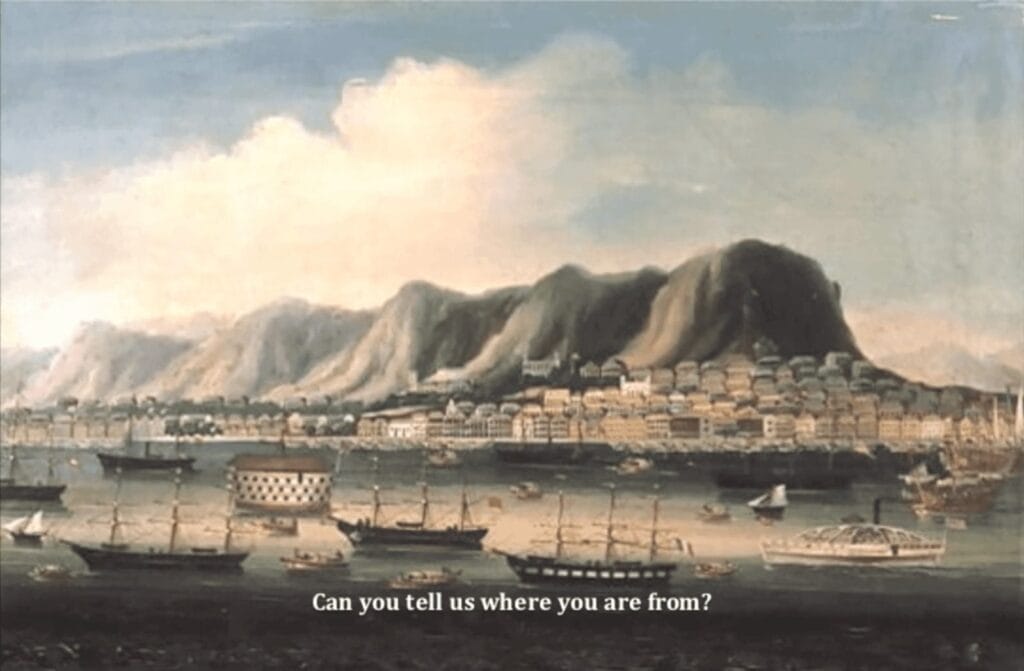

Yuan Goang-Ming’s The 561st Hour of Occupation (2014) consists of drone footages documenting the student activists’ 585-hour takeover of Taiwan’s parliament chamber during the Sunflower Student movement. The perspectival vanishing point is located in the lectern and the portrait of Sun Yet-Sen, giving this space a sense of sanctity and authority that is nonetheless challenged and under siege. By crosscutting footages of the chamber with and without occupants, the video puts emphasis on the abundant objects created by the occupants that previously do not belong to this place, while imagining the future development of the movement after the student’s withdrawal. Refusing a linear sense of time and history, Yuan’s video documents a vanishing ephemeral imagery that presents another side of a spectacle unfamiliar to mass media portrayal of the movement.
In keeping with Sun Yet-Sen’s famous 1923 quote that “The revolution has not yet prevailed. Work hard, comrades!”, Thai artist Chulayarnnon Siriphol created The Internationale (2018), a music video when he was an artist in residence at Organhaus Art Space, Chongqing, China in July 2018. The artist performed as many Southeast Asian girls in Japanese school uniform, which refers to the popular girl group idol, AKB48. The popularity and proliferation of the girl groups in other Asian countries embody a kind of soft power international relations against the backdrop of post-cold war cultural politics. The schoolgirls dance to Chinese rock band Tang Dynasty’s 1992 cover of The Internationale, the 19th-century leftist anthem celebrated by communists, socialists, anarchists, and democratic socialists alike. The artist’s crossdressing/cosplaying urban pop dance enacts an insurrection by other means.
With special acknowledgement to Abby Chen of Asian Art Museum and her collaborators for the expansive programme they put together for After Hope. More details on their full programme can be found in website (www.afterhope.com).
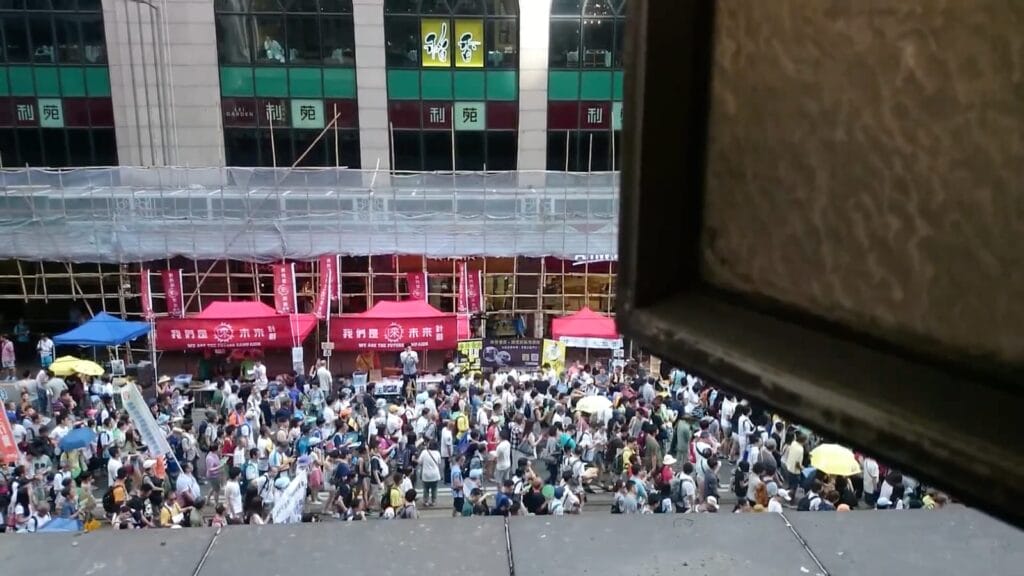
Also on view in the central atrium throughout the whole programme are the works of three Hong Kong artists restaging the sensorium of alienation, absurdity, and abeyance experienced all too intensely in the city. Yuk King Tan’s Scavenger (2008) documents the performance of street recycler Lam por por who carts a life-size cardboard model of the HSBC Lion. She laboured the heavy symbol of colonialism down the crowded arterial pedestrian way of Central. Her journey embodies the ruthless late-capitalistic logic of recycling and upcycling, freelance and precarity, scavenging and salvaging in the imminent ruin of another ordinary financial crisis. Eason Tsang Ka Wai’s t o u c h (2019) records the artist’s repetitive process of dropping a white glove onto a glass screen. Only the split moment the glove touches the screen remains visible, its slapping arrhythmia a startling signal unpredictable to the most vigilant of viewers. Impossibly, the ultra-thin (infra-mince à Duchamp) screen becomes the closest distance between the virtual space behind the video display and the real world where audience locates. Luke Casey’s House Of A Thousand Assholes (2022) witnesses the journey of a suitcase-carrying Cantonese protagonist departing from Jardine House (the eponymous multiple-orificed skyscraper), wearily rising to the peak via the Midlevel outdoor escalator, and manically descending into the watery depth of Shek-O beach. Resolutely not returning, he personifies a new wave of sojourners emigrating in search of hope, freedom, and perhaps dignity.

Play and Loop IV
19 July – 27 August 2022
Curated by Nick YuVenue: Blindspot Gallery, 15/F Po Chai Industrial Building, 28 Wong Chuk Hang Road
Blindspot Gallery
15/F, Po Chai Industrial Building, 28 Wong Chuk Hang Rd, Wong Chuk Hang, Hong Kong


